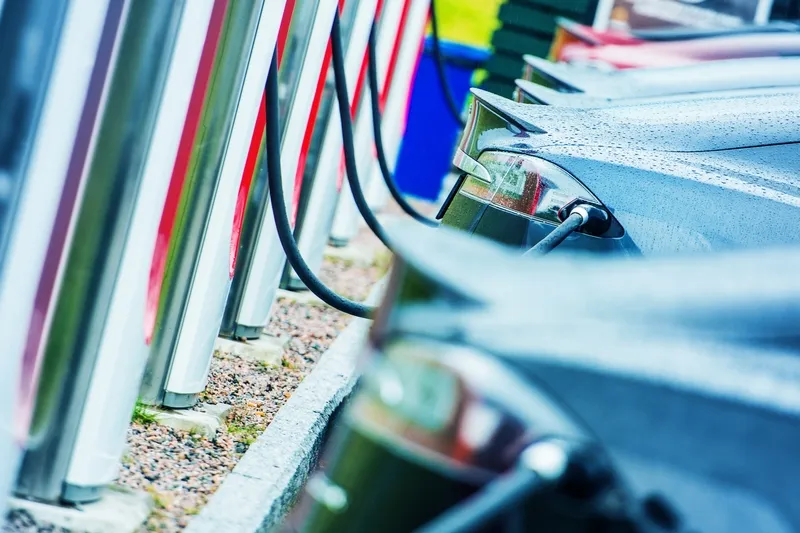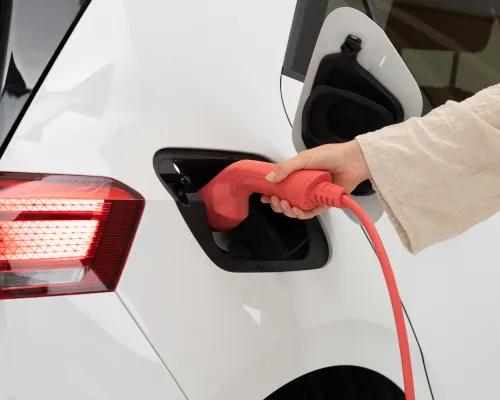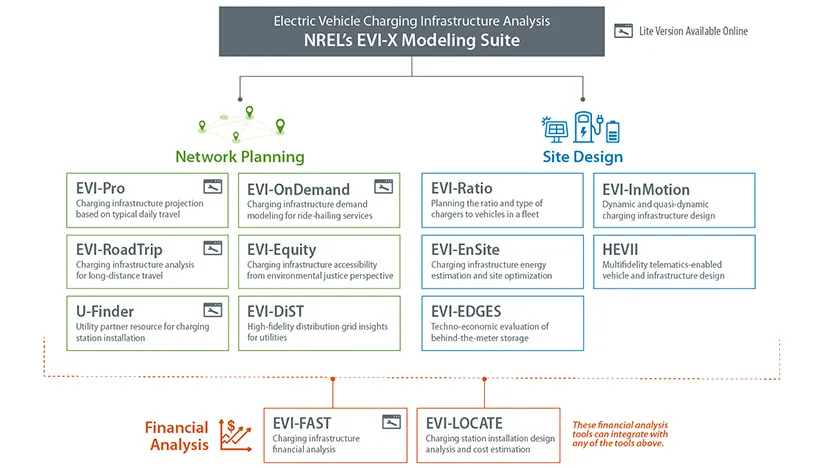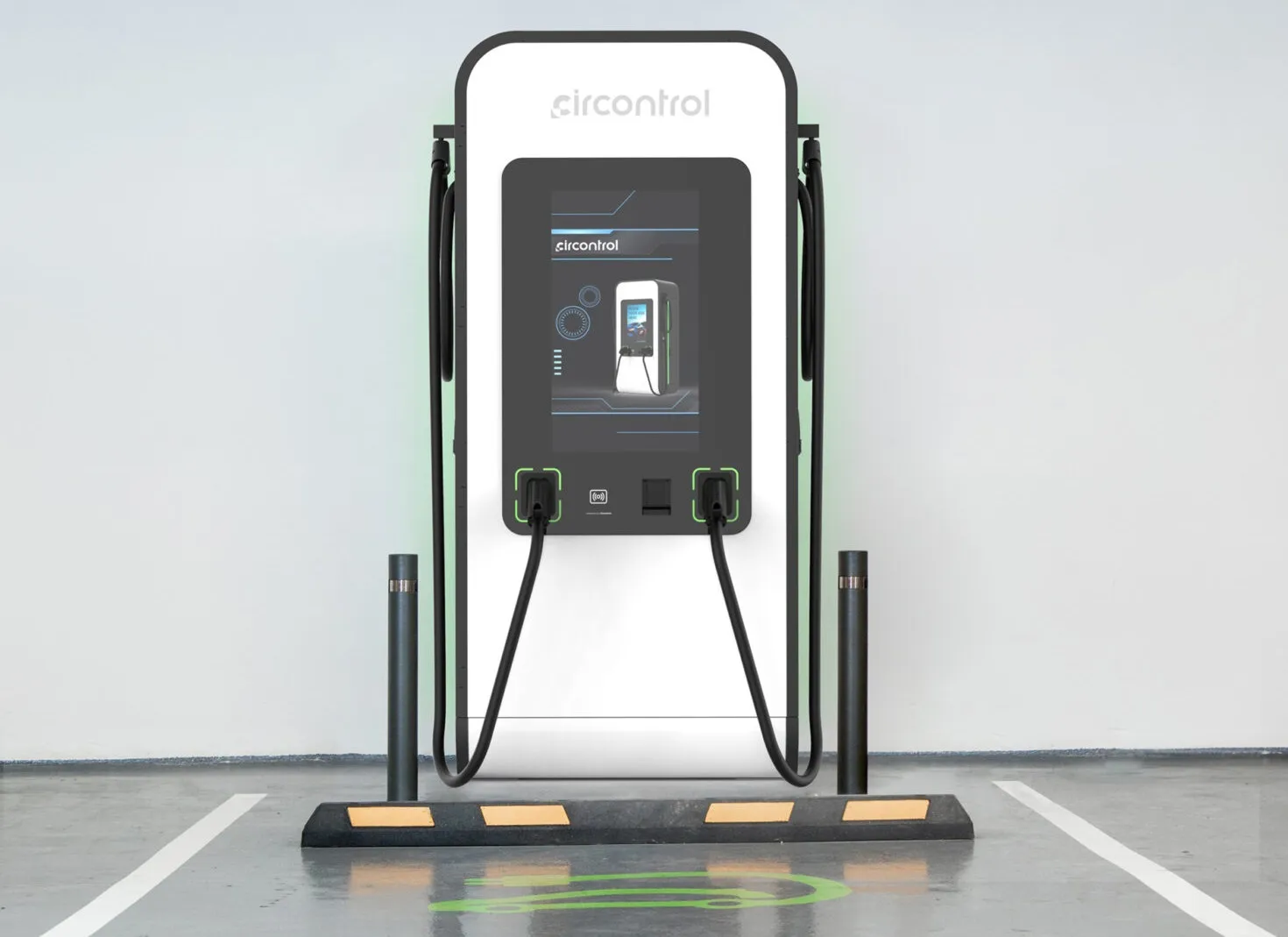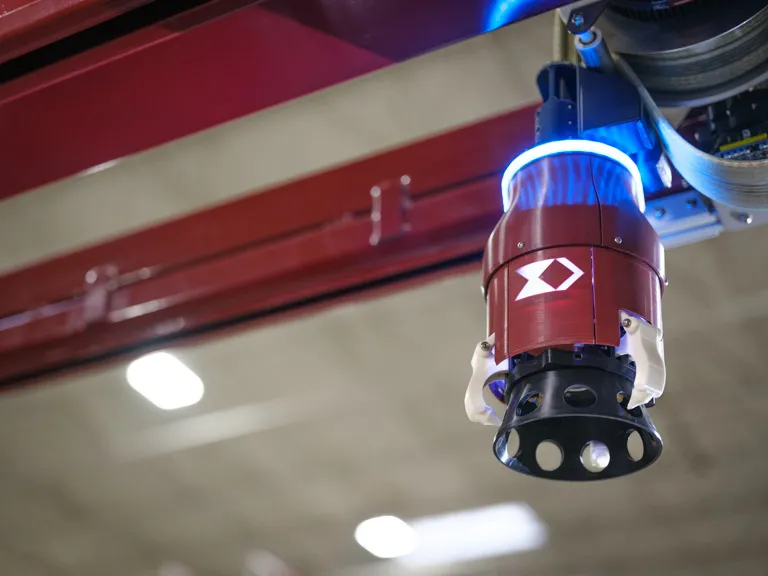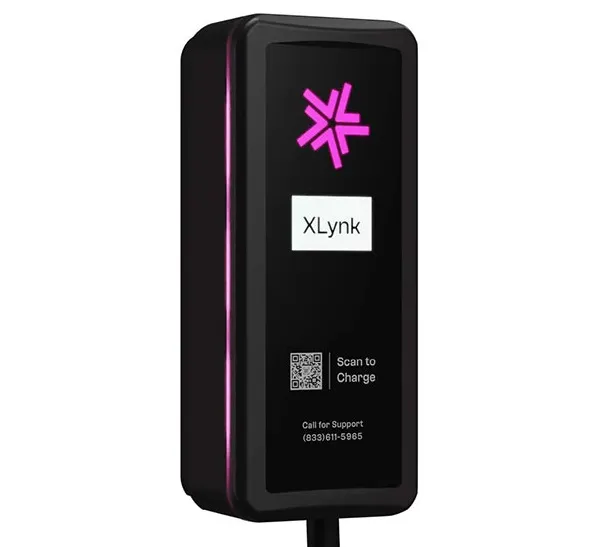
That was the testimony last week of EPRI Director of Transportation Britta Gross before the US Senate Budget Committee.
The US government has a goal that half of new vehicle sales will be electric by 2030. To date, the 5.2 million EVs on US roads today have added approximately 18 terawatt-hours of energy demand —largely unnoticed, Gross explained. "If the appropriate investments are enabled, the grid can support this transition," she said.
Last year, EPRI (Electric Power Research Institute) launched EVs2Scale2030, a three-year initiative including energy companies, fleet operators, auto and truck manufacturers, and charging providers, in coordination with federal agencies and national labs, to accelerate the grid interconnection of EV charging infrastructure.
As Gross explained to the committee, there are several challenges to greater EV infrastructure integration implementation. One of these is timing. While a fleet operator today can order a dozen heavy-duty electric trucks for delivery in four to six months, the time it takes to bring additional power to that site to serve vehicle charging could range from 18 months to several years if grid upgrades are needed. "This longer lead time for the grid upgrades means the utility sector already needs to begin planning today for the transportation loads expected over the next 5-10 years," she said.
Another major challenge involves market complexity. As Gross explained, there are over 3,000 utilities (including investor-owned utilities, public/municipal utilities, and rural cooperatives) and tens of thousands of fleet operators who have seldom had to deal with electric utilities. This means a fleet operator or a charging property developer with hundreds of sites nationwide has to be able to identify the right utility to begin planning efforts and then figure out how to apply for service when utilities all use different processes, application forms, differing questions, and different levels of detail required in their applications.
EPRI's publicly available eRoadMAP tool provides a visualisation of when and where EV loads are expected on the grid at the distribution feeder level, which allows key industry stakeholders the ability to prioritise and plan years ahead for grid investments. To help address market complexity, EPRI is also developing an online data exchange platform — GridFAST — that customers with transportation projects can use to automate the process of identifying and connecting with utilities to begin early project planning and apply for service through a common service application form. The platform is expected to be available by the end of this year.
"To address these transportation-specific challenges and pain points, key industries have to work together with utilities in unprecedented ways to share their electrification plans earlier with utilities – and utility regulators – so that there is advance knowledge of where and when loads will show up on the distribution system. This is critical for investment planning and accelerating grid interconnections for customers, while utilities also balance the need to ensure they continue to provide reliable electrical service to the broader public across all loads," Gross concluded.


